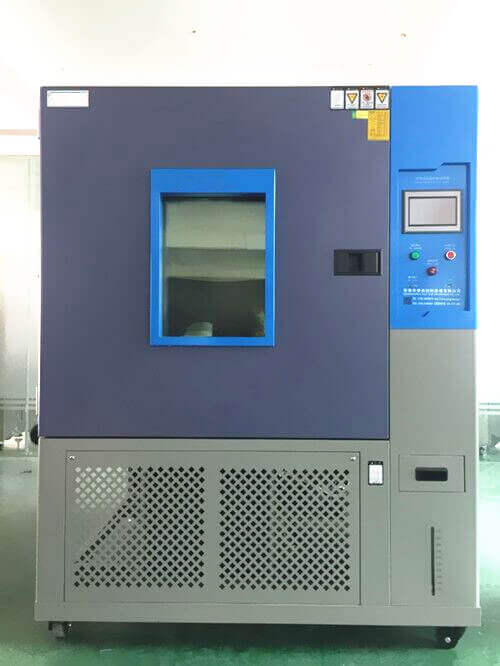- E-Mail : David@tmaxcn.com
- E-Mail : Davidtmaxcn@gmail.com
- : No. 39, Xinchang Road, Xinyang, Haicang Dist., Xiamen, Fujian, China (Mainland)
Plan for Establishing an EV Car Battery Pilot Plant
Introduction:
The following detailed plan outlines the key steps and considerations involved in establishing an EV Car Battery Pilot Plant. This plan aims to provide a comprehensive framework for the successful planning, construction, and operation of the facility.
Define Objectives and Scope:
Clearly define the objectives of the EV Car Battery Pilot Plant, including the specific research and development goals, testing capabilities, and expected outcomes. Determine the scope of the facility to ensure it aligns with the intended purposes.
Technology Selection and Equipment Procurement:
Here are some mechanical equipment commonly required for establishing an EV Car battery pilot plant:
Battery Manufacturing Equipment:
This includes battery assembly lines and manufacturing equipment used for assembling battery modules and packs. These equipment may include battery cell cutting and stacking machine, battery winder, battery casing encapsulation equipment, battery testing equipment, etc.
Battery Testing Equipment:
Used for various testing and performance evaluations of batteries. These equipment may include battery cycling testers,temperature cycle tester, charge-discharge testers, capacity testers, temperature test chamber, internal resistance testers, etc.
Charging Equipment: Used for charging and discharging batteries to simulate real-world usage. These equipment may include charging stations, battery management systems, battery charging-discharging systems, etc.
Testing Equipment: In addition to battery testing equipment, there may be a need for other testing equipment to evaluate different aspects of EV Car battery performance. This may include equipment for mechanical testing, electrical characterization, thermal management, safety testing, etc.
Safety Equipment: Essential for ensuring a safe working environment. This may include fire suppression systems, fume extraction systems, safety cabinets for hazardous materials storage, personal protective equipment (PPE), etc.
Material Handling Equipment: Equipment such as forklifts, pallet jacks, and conveyor systems to facilitate the movement of materials and components within the pilot plant.
Utility Systems: This includes equipment for electrical power supply, water supply, HVAC (heating, ventilation, and air conditioning), compressed air systems, etc.
Conduct a comprehensive assessment to identify a suitable location for the pilot plant. Consider factors such as proximity to necessary resources, transportation infrastructure, and local regulations. Design the facility layout, ensuring adequate space for production areas, testing laboratories, storage, utilities, and employee facilities. Incorporate necessary safety features, such as ventilation systems, fire suppression systems, and controlled access areas.
Safety and Environmental Considerations:
Develop comprehensive safety protocols and procedures to ensure the well-being of personnel and compliance with safety standards. Implement measures to handle and store hazardous materials, mitigate risks of thermal runaway, and prevent potential environmental impact. Install proper waste management systems, including recycling and disposal protocols for batteries and related materials.
Workforce Recruitment and Training:
Identify the required workforce for the pilot plant, including skilled technicians, engineers, researchers, and administrative staff. Develop a recruitment strategy to attract qualified professionals with expertise in battery technology and manufacturing processes. Implement a comprehensive training program to ensure all employees are equipped with the necessary skills and knowledge for their respective roles.
Regulatory Compliance:
Engage with regulatory authorities and industry experts to stay updated on relevant laws, regulations, and standards governing EV car battery manufacturing and testing. Ensure compliance with all applicable safety, environmental, and product quality regulations. Establish a robust quality management system to monitor and maintain adherence to regulatory requirements.
Research Collaboration and Partnerships:
Forge collaborations with research institutions, universities, and industry partners to leverage shared resources, knowledge, and expertise. Explore opportunities for joint research projects, data sharing, and technology advancements. Establish partnerships with EV manufacturers, battery suppliers, and relevant stakeholders to foster innovation and facilitate the transfer of research findings to commercial applications.
Financial Planning and Funding:
Develop a comprehensive financial plan that includes budgeting for equipment procurement, facility construction, operational costs, workforce salaries, and ongoing research and development activities. Explore funding options such as government grants, private investors, and strategic partnerships to secure the necessary capital for the establishment and sustained operation of the pilot plant.
Conclusion:
By following this detailed plan, stakeholders can effectively navigate the process of establishing an EV Car Battery Pilot Plant. The successful implementation of this plan will enable research, development, and testing of cutting-edge battery technologies, contributing to the advancement of the electric vehicle industry and the transition to sustainable transportation solutions.
 ru
ru English
English











 +86 13174506016
+86 13174506016 David@tmaxcn.com
David@tmaxcn.com

